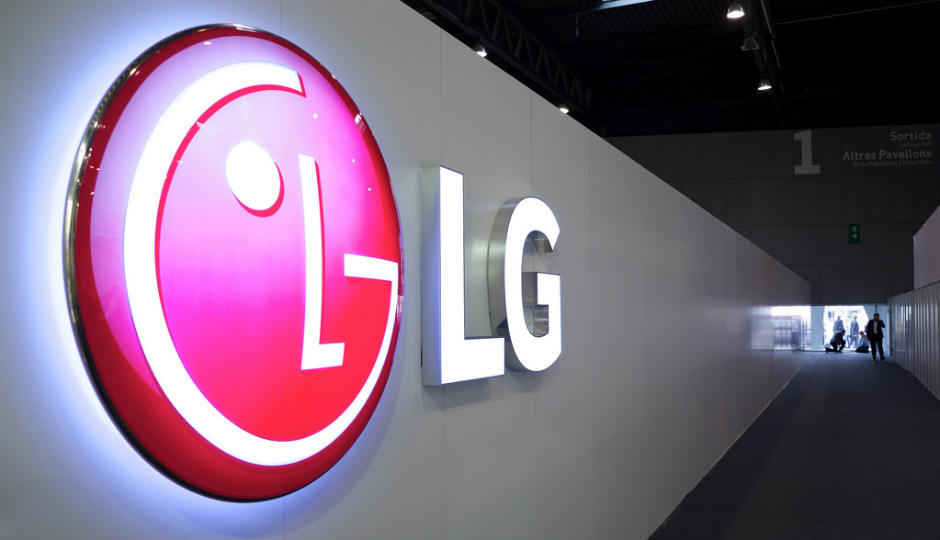LG’s next premium smartphone V30 may use OLED display

LG is reportedly ramping up yield of its OLED displays and is tipped to launch its first product in Q3 this year
LG is likely to adopt OLED panels for its flagship smartphones with the launch of the V30 in the third quarter of this year. According to The Korea Herald, LG is moving away from LCD in favour of OLED for its next premium smartphone, and will eventually continue using the panel for its next generation G-series of flagship devices.
Samsung's flagship Galaxy lineup has been using OLED display technology since its debut in 2010, while Google also uses OLED panels for its HTC-made Pixel range. LG, HTC and Apple still use LCD displays, but the Cupertino-based iPhone maker is also said to use OLED displays from Samsung for its next iPhone. Most smartphone makers prefer OLED displays because of their vibrant colour reproduction and deeper blacks as compared to LCD screens.
LG's OLED panel production will start in July this year. "Most OLED screens produced at LG Display's Gumi E5 plant in the second half will be used for its sister firm LG Electronics’ smartphones starting with the V30," a source told The Korea Herald. But some of the OLED production will also be supplied to Chinese smartphone makers that hoping to catch up with Samsung and Apple.
OLED is seen as the future of display technology by OEMs interested in bundling VR and AR capabilities with their smartphones. Even Google recommends the technology for OEMs interested in building Daydream-ready smartphones. With Samsung having already established a lead in this space, LG would be hoping to ramp up its production faster. Google is also reportedly investing $880 million in LG Display to secure flexible OLED panels for its future range of Pixel devices.
Samsung is reportedly the sole supplier for Apple's first OLED iPhone this year and the company is also planning to add LG Display and JDI as its suppliers for next year. "It may take some time for LG Display to reach the similar yield rate of its rival, Samsung Display. There is a range of issues to solve such as patents and supply chains for OLED equipment and materials," a display analyst told The Korea Herald.




